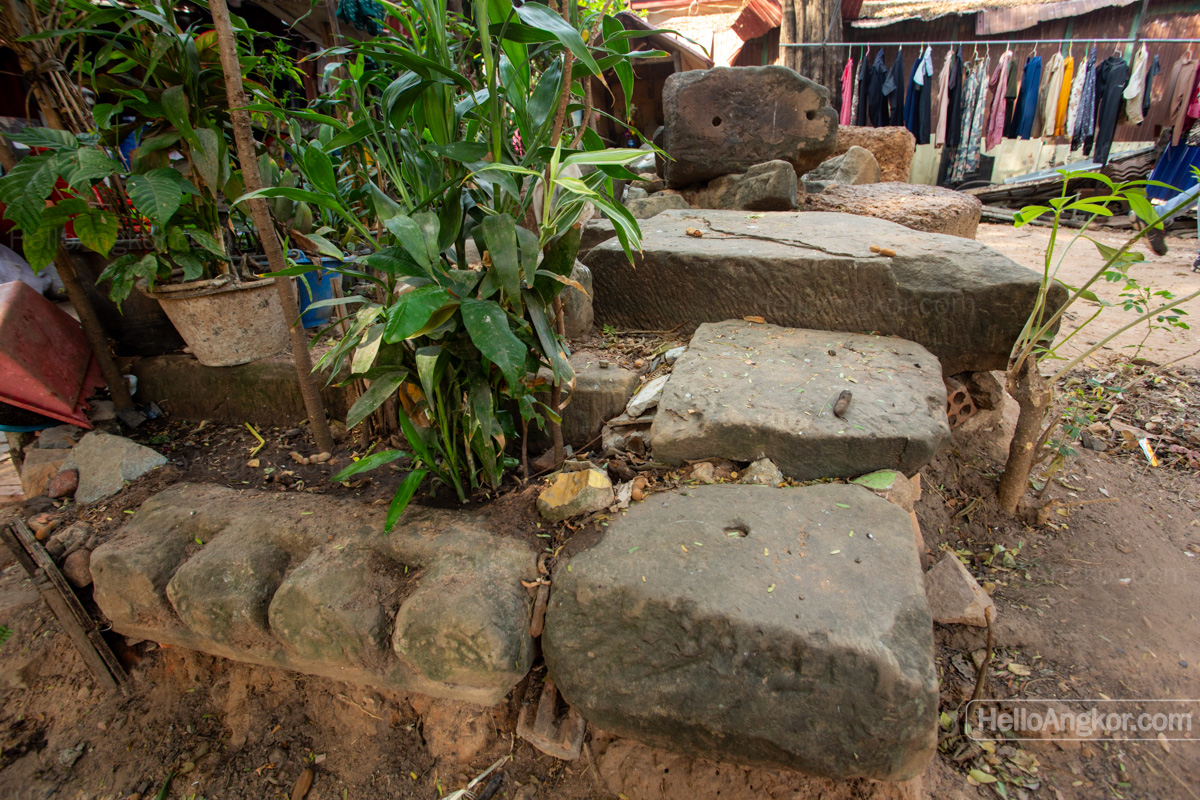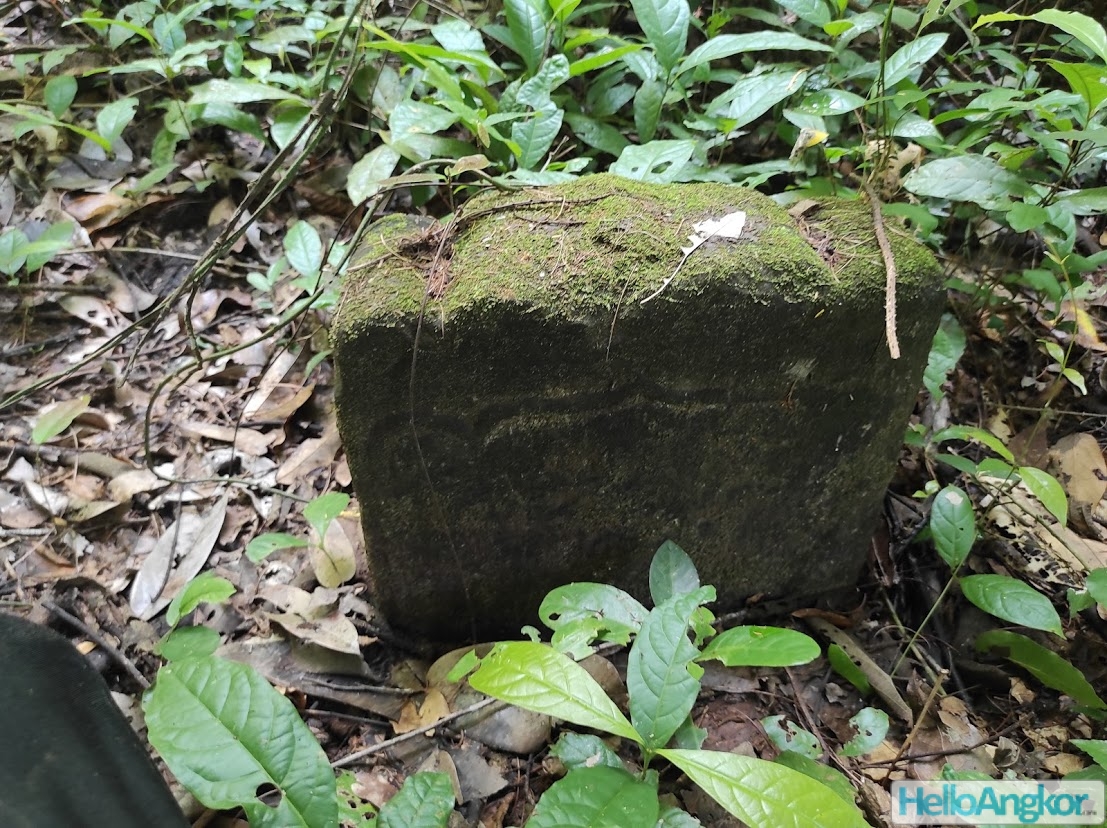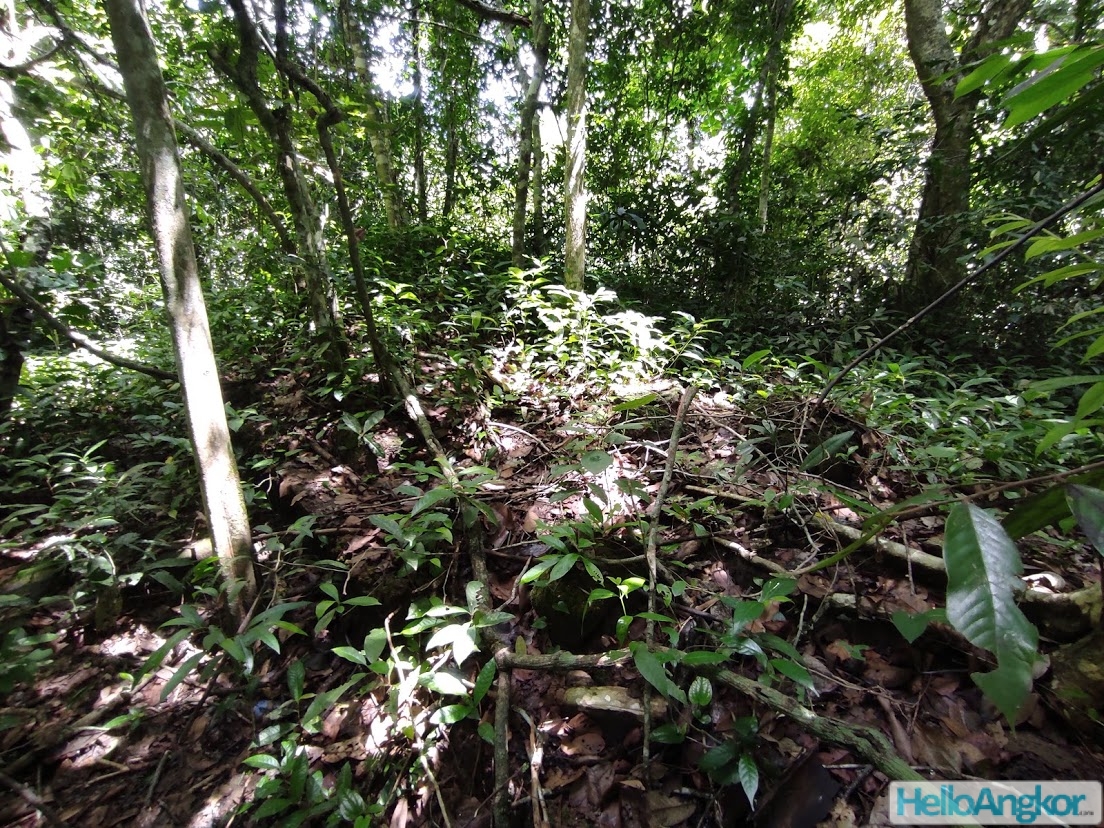Krong Siem Reab
Kok Prasat (Puok)
Located on the northwestern side of Siem Reap city, in a presently undeveloped area still used as farmlands. The site features traces of a moat that surrounds a mound around 20m per side. There are traces of brick indicating it’s an earlier site, pre-11th century at least, while a small shelter retaining several sandstone pedestals … Read more
Kok Prasat Ta Suos
Also known as Toul Ta Sous, it’s located in an alleyway off Lok Taneuy Road on the eastern side of Siem Reap city. The mound retains some sandstone elements, including the top piece of a pedestal, sandstone blocks, a lotus leaf band, laterite blocks, traces of brick, and what may have originally been another pedestal. … Read more
Kôk Prasat Balang
A mound on which we can see the bricks of debris, some laterite blocks, balustrades, a lion fragment of sandstone and a sandstone block
Kroes Andas
Mound of bricks surrounded by a moat with a basin in the north (200 x 500 m).
Prei Kroes
Temple site with only scattered bricks left to be seen.
Tuol
Scant remains of a temple with basin in the east. All that remains are several sandstone plinths, brick rubble, a very decayed pedestal and other pieces.
Trâpeang Ta Kuch
Mound with basin in the south
Terrace L
A site that is uncleared and unprepared for visitors. The site was recorded by Henri Marchal and George Trouve in the 1900s and recently surveyed by the Angkor Vihara Project/APSARA. The site, located just east of the Beng Thom basin is difficult to reach (blocked by water) and tucked away among a group of small … Read more
Terrace M (Preah Ang Khmao)
A reconstructed terrace near to the place of the original also featuring the original sema stones. Some other original stone pieces can be seen grouped around trees.
Terrace I
An overgrown and unrestored site not yet suitable for visiting (05/21). It was recorded on French maps from the early 1900s as Terrace I. What can be seen through the overgrowth is a long laterite structure of a low height, that is orientated to the east. Notes by Henri Marchal from the 1900s record it … Read more






